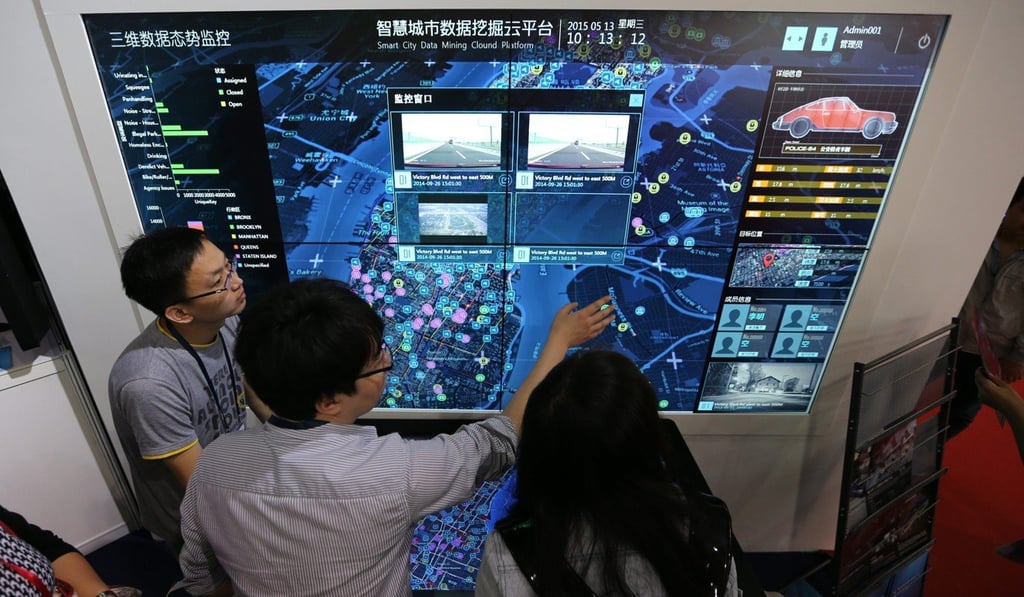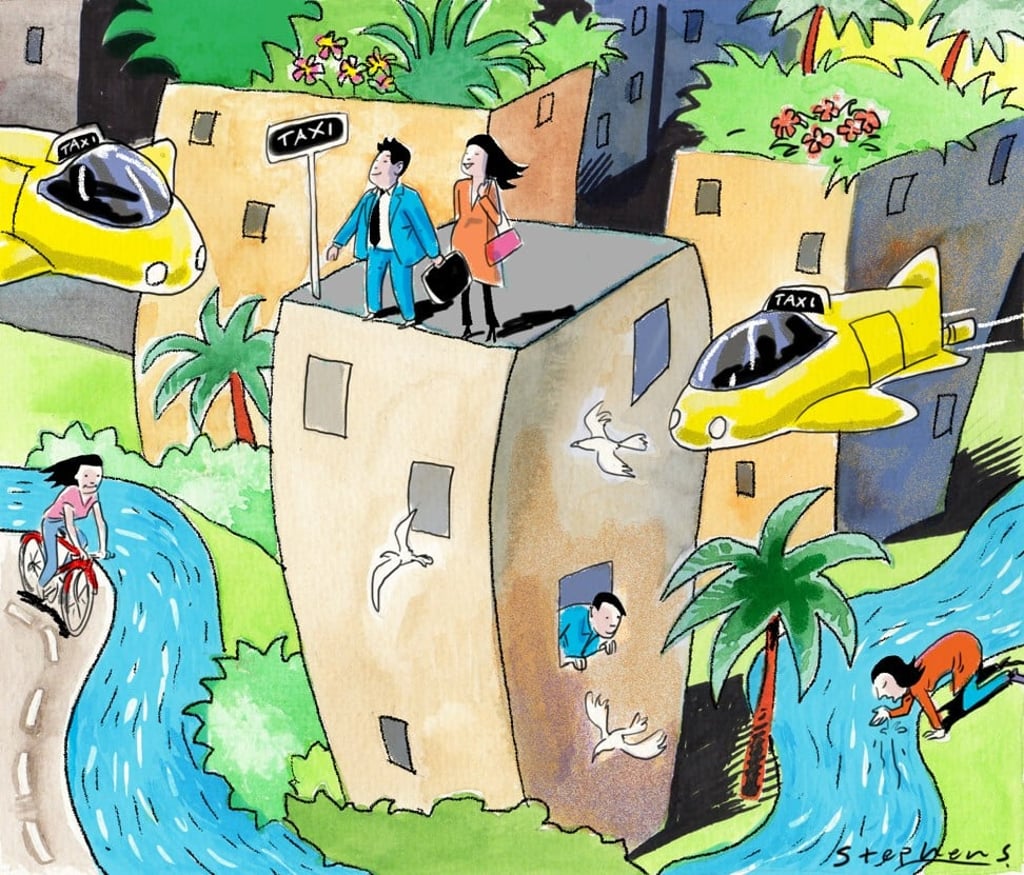Futuristic urban solutions will take bold vision
Barry Wilson says learning from the past in terms of urban design is outdated in today’s fast-changing world, and calls for devising low-cost but hi-tech and future-proof cities

Our cities and lifestyles have been shaped by what’s gone before. In the midst of what is now the fourth industrial revolution, as the impossible becomes possible, we urgently need to relinquish outdated planning models, envision the world in which we want to live, and urgently take steps to change and shape it for the better. Time is against us.
I am looking out of the window of my home. What do I see? Not so much into the distance, as the air is thick with smog. Down on the street someone has thrown their trash into the small stream. It smells a bit and there are no fish; it’s a dead river, so people continue dumping their waste. Some of my neighbours grow vegetables on the river bank, but I wonder whether they are safe to eat. I don’t trust the tap water.
[The UK] had all the same problems 40 years ago as we have today in China
This is a memory I have. It’s of growing up in the UK in the 1970s. Frequently, I get asked what it is like overseas, is it better there, how do they solve things? How can we make our cities in China better? They have the solutions overseas, don’t they?
I remember we had dirty streets, polluted rivers, acid rain and choking chimneys. Accidents were common. We had all the problems 40 years ago that we have today in China. I remember all the old, industrial buildings, where we used to play, being demolished, whole city centres being torn up under the planner’s hand, those tight, twisting streets of ancient memories disappearing forever and being replaced with huge, modern, impersonal blocks of car parking, barriers and highways. Long-standing, friendly communities were torn apart and scattered far out of town; all in the name of supposed progress.

Megalopolis: the future of urban planning in China
We all want to live in a greener, cleaner, safer world. This common vision is shared in the UN Sustainable Development Goals; it’s shared by our governments, shared by all peoples, shared by you. We want to live in cities that put health and wellness first; in lively, safe environments; in caring communities, where stress is minimised. What might those cities look like?
